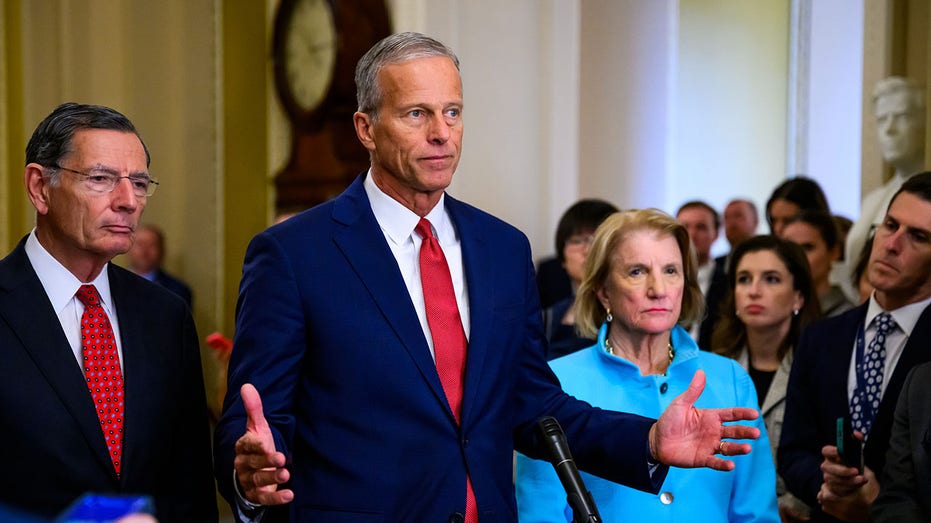A fragile path toward ending the month-long government shutdown is emerging in the Senate, fueled by a newly crafted agreement and a surprising willingness from some Democrats to compromise. For weeks, the nation has watched as essential services faltered and uncertainty gripped federal workers, but a shift in momentum is now palpable.
The core of the potential breakthrough lies in a revised continuing resolution, a temporary measure that would reopen the government until January 30, 2026. This isn’t simply a continuation of the status quo; it includes provisions to restore jobs lost during previous administrations and guarantee back pay for those who have been furloughed – a critical lifeline for families facing financial strain.
Senator Susan Collins of Maine, a Republican, spearheaded the bipartisan effort, but the crucial support of three Democratic senators – Angus King, Jeanne Shaheen, and Maggie Hassan – proved instrumental in forging a workable solution. Their willingness to bridge the divide has created a window of opportunity that seemed impossible just days ago.
Lawmakers are preparing for a series of votes as early as Sunday evening, a rapid sequence designed to capitalize on the newfound momentum. However, the Senate’s actions are only the first hurdle; the agreement must still be approved by the House of Representatives before it can reach the President’s desk.
Alongside the continuing resolution, a package of spending bills – dubbed a “minibus” – is being presented as an incentive. This package focuses on funding for military construction, veterans affairs, the legislative branch, agriculture, and the Food and Drug Administration, areas with traditionally broad bipartisan support.
Republicans are hoping this carefully constructed package will entice enough Democrats to overcome the remaining obstacles. Senate Majority Leader John Thune has been resolute in his commitment to only bring bills to a vote that have a realistic chance of passing, a strategy born from weeks of impasse.
A significant sticking point remains the extension of expiring Obamacare subsidies. While Democrats have fiercely advocated for this inclusion, a compromise has been reached: Senate Democrats will receive a vote on the subsidies *after* the government is reopened. This concession, however, has been met with skepticism from some within the Democratic caucus.
The coming hours will be critical as Senate Democrats meet to strategize and decide whether to accept the proposed deal. For many, it represents a retreat from a firmly held position, but the pressure to end the shutdown and alleviate the hardship faced by countless Americans is immense.
The process, even if successful in the Senate, is far from over. The original House-passed continuing resolution will be brought up for a vote, serving as the vehicle to attach both the minibus and the updated CR. Two additional votes will follow in the Senate, and then the entire package must navigate the complexities of the House.
Procedural hurdles and potential resistance from both sides loom large. Some Republicans, hardened by weeks of negotiation, express little faith in Democratic cooperation. Senator Markwayne Mullin bluntly stated his lack of expectation, suggesting the demands from the other side have become unreasonable.
Despite the lingering doubts, a glimmer of hope has emerged. The willingness of key senators to find common ground, coupled with the tangible benefits offered by the proposed agreement, presents a potential pathway to resolving the crisis and restoring stability to the nation’s government.





